
18 Jun Brian: Sucker punch
Thomas, Oklahoma—The first day of harvest is always extra stressful, filled with excitement an anxiety. Everything seems a little awkward, and it takes a while for everyone to feel confident behind the wheel of their respective machines. This is especially true for the combine operators. Getting reacquainted with the controls and view out our glass command center takes a little time, as does recalibrating our depth perception to the 40-foot width of our drapers. It’s hard enough to get settled back into your summer seat when harvesting conditions are good, but when the harvesting conditions are less than ideal the relearning curve becomes steeper. More on that in a minute.
We were glad to arrive in Oklahoma and have a few days to catch our breath. Last week’s heavy rains meant the ground needed to dry up a little more before harvest could start. We’re able to work at a more leisurely pace setting up trailer houses and had extra time to organize our living spaces a bit more. Temps in the low 80s meant we weren’t forced to immediately adapt to working outside in scorching heat, but we weren’t here more than 24 hours before we woke up to the sound of rain and hail on the roof. We pondered if this is a bad omen or a welcome chance to sleep in. A quick afternoon drive to scout out fields revealed more rain was definitely not what we should be hoping for.
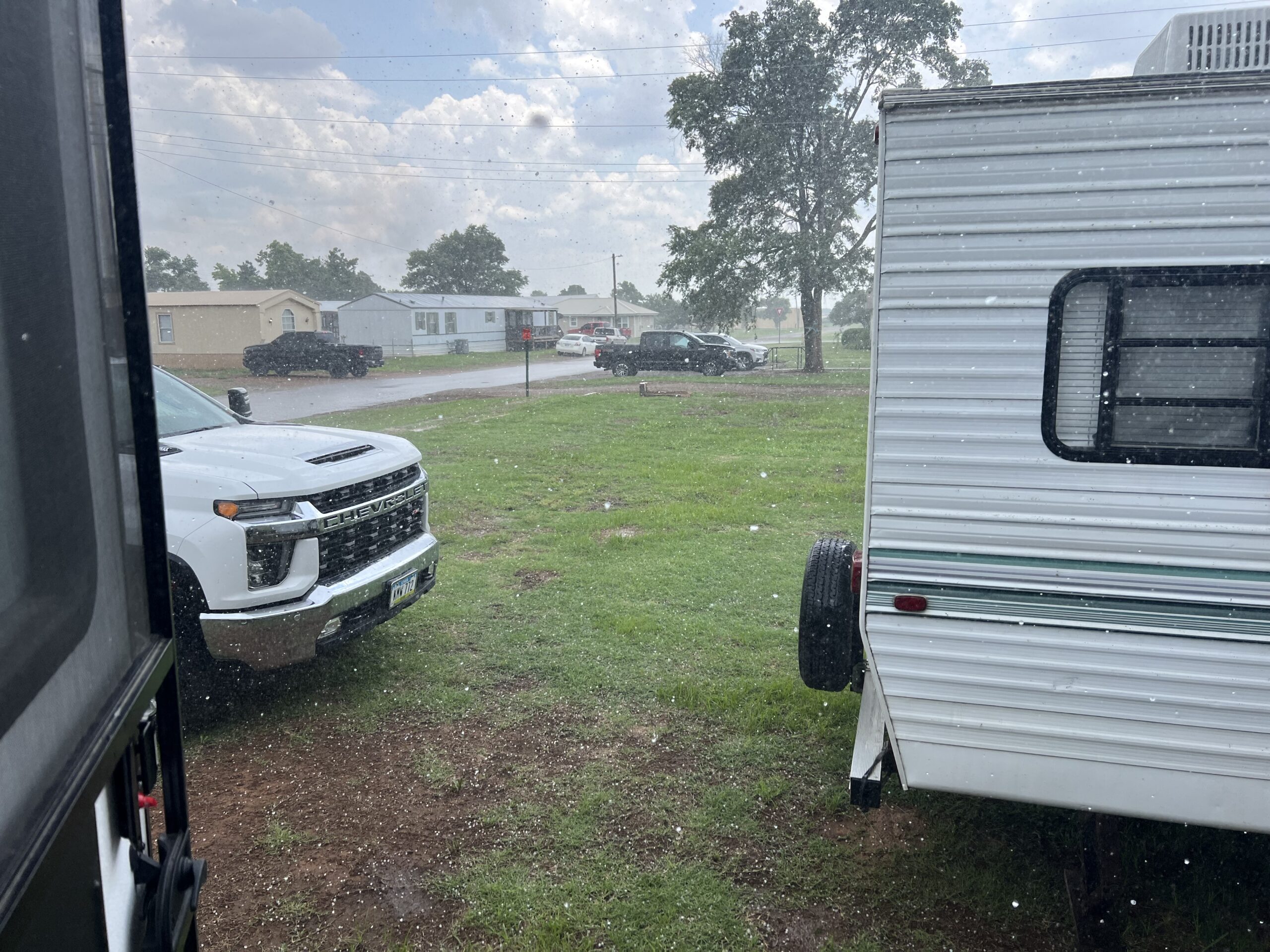



For months we’ve been hearing about how tough the wheat looks in this area, relentless drought taking its toll nearly the entire growing season. Everyone knew the wheat would be short and thin, but no one could have predicted 4 to 6 inches of rain just days before harvest should start. This has caused sucker heads to grow, a term that describes late-emerging plants nearly dead from drought only to be revived by rains. Generally it’s not a big deal since these immature plants usually can’t produce viable kernels. But this year sucker heads are peppered throughout nearly every field, making it nearly impossible to harvest dry wheat when those green kernels go into the grain tank too. In many fields the thin wheat has allowed not only sucker heads to grow but weeds as well. Given enough time those green heads will dry down, but will it be before the weeds take over? Farmers might be forced to chemically spray fields, but that takes time and even more money invested into a crop that already looks to yield pretty poor. No one is sure exactly how to approach the sucker head situation.
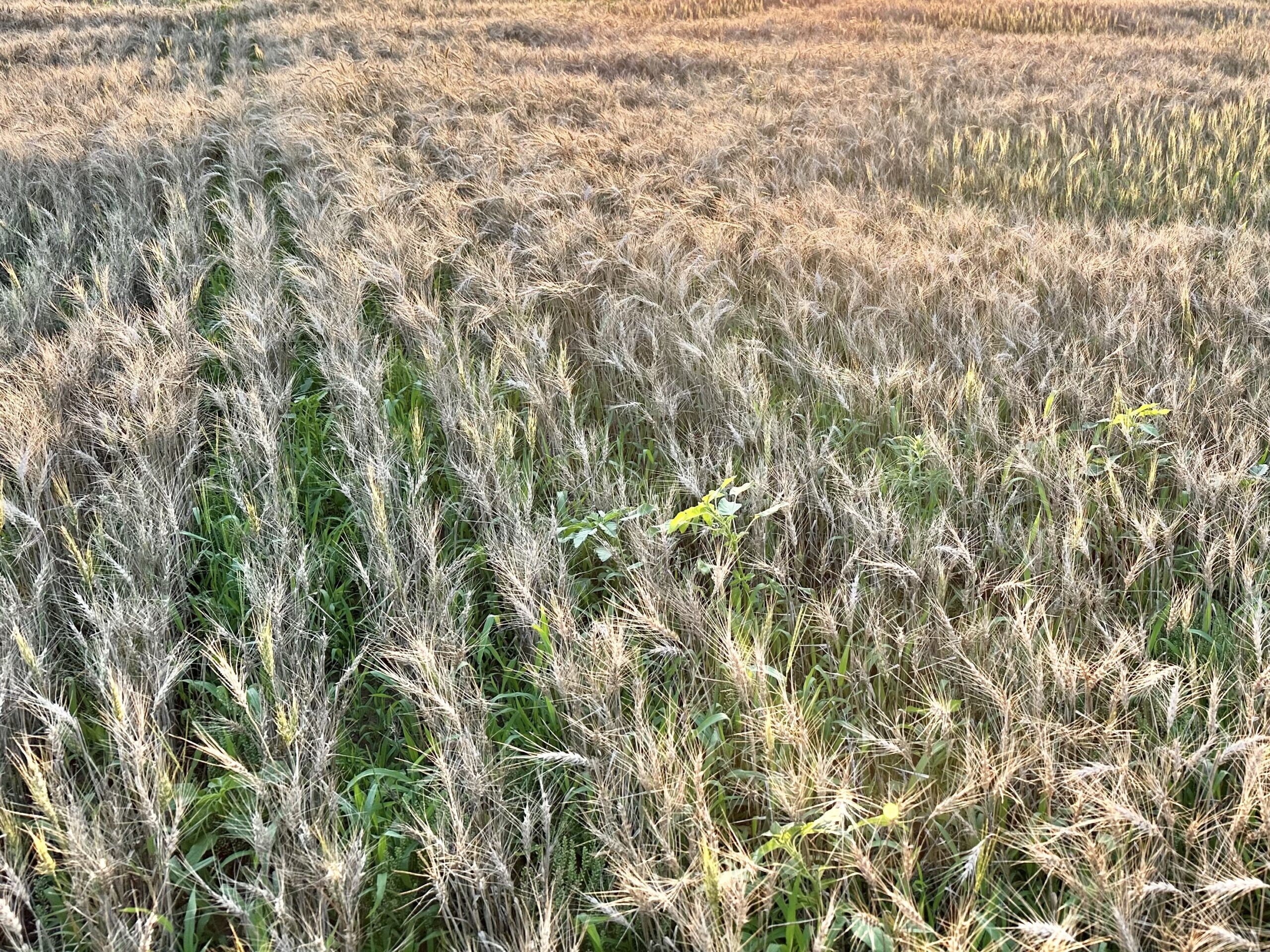


There really is no way to know what we’ve got until a machine gets in the field, so we decided to cut a truckload and see where we were at. We immediately got a pickup stuck pulling a header trailer into the field, and soon we discovered standing water in the terrace channels. Thankfully the combines have four-wheel drive, but we are forced to back out of more than one soft spot that threatened to mire a machine in the red Oklahoma mud. After spending endless hours washing the combines, I find it particularly annoying we can’t even keep them clean for one afternoon. I’m sure you can predict my mood when I unsuccessfully navigated this minefield of mud and found myself buried frame-deep in some soft fill dirt around a recently constructed wind turbine. Thankfully I’m freed on the first try, but the mud flung all over and oozing from the belly of my harvesting beast will likely be a red-stained reminder for the duration of the summer. Talk about a stressful first day in the field.
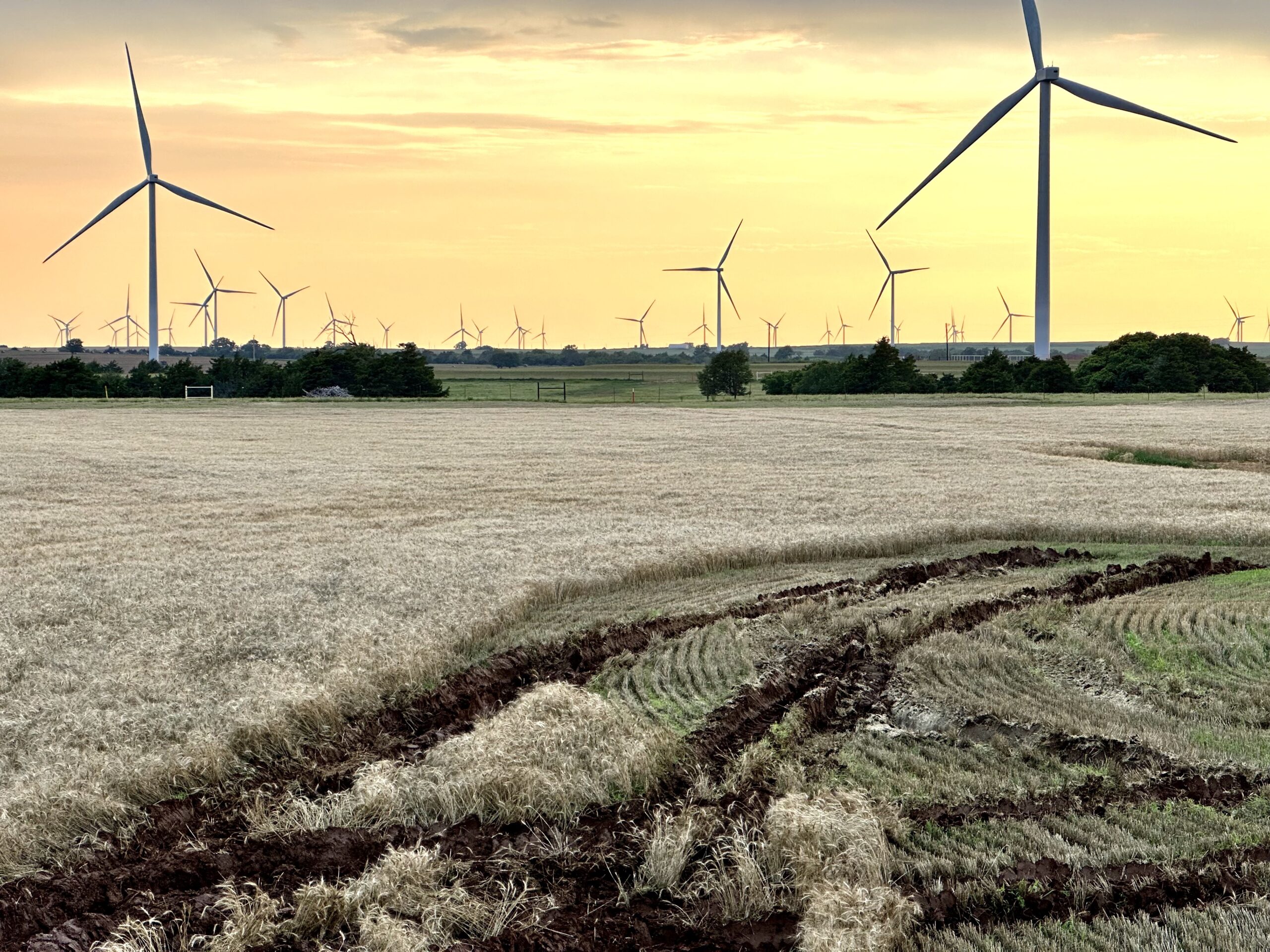


It’s almost like Oklahoma wants to fight us. Unexpectedly, and without provocation, we’ve been sucker-punched. Muddy fields and green sucker heads have delivered us a hard blow. It’s the perfect one-two punch, and we never saw it coming. With a chance of rain nearly every day for the next week it looks like we’re stuck in the ring fighting Mother Nature. I guess I should have packed my boxing gloves. Ding ding, time for round two.
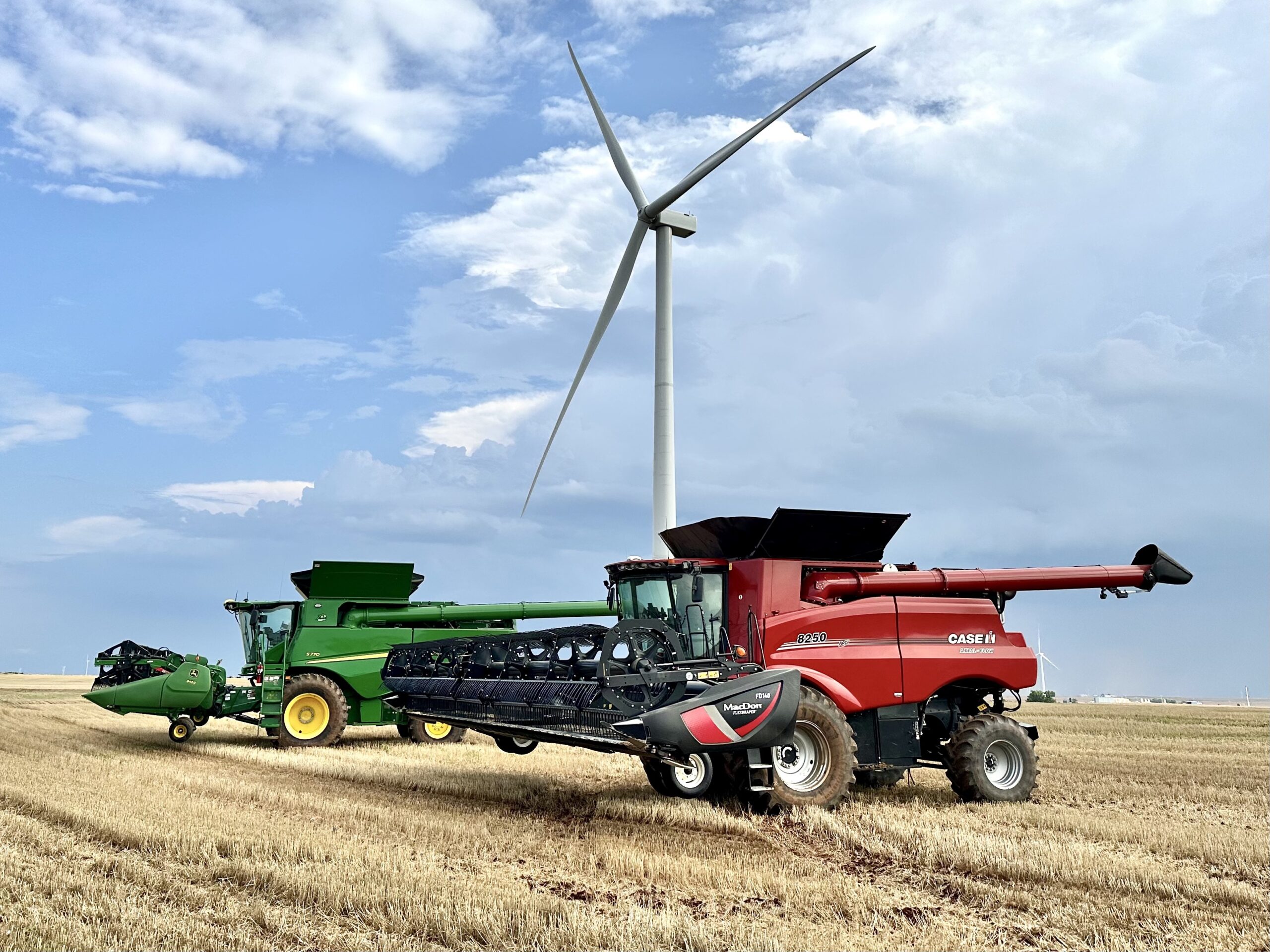
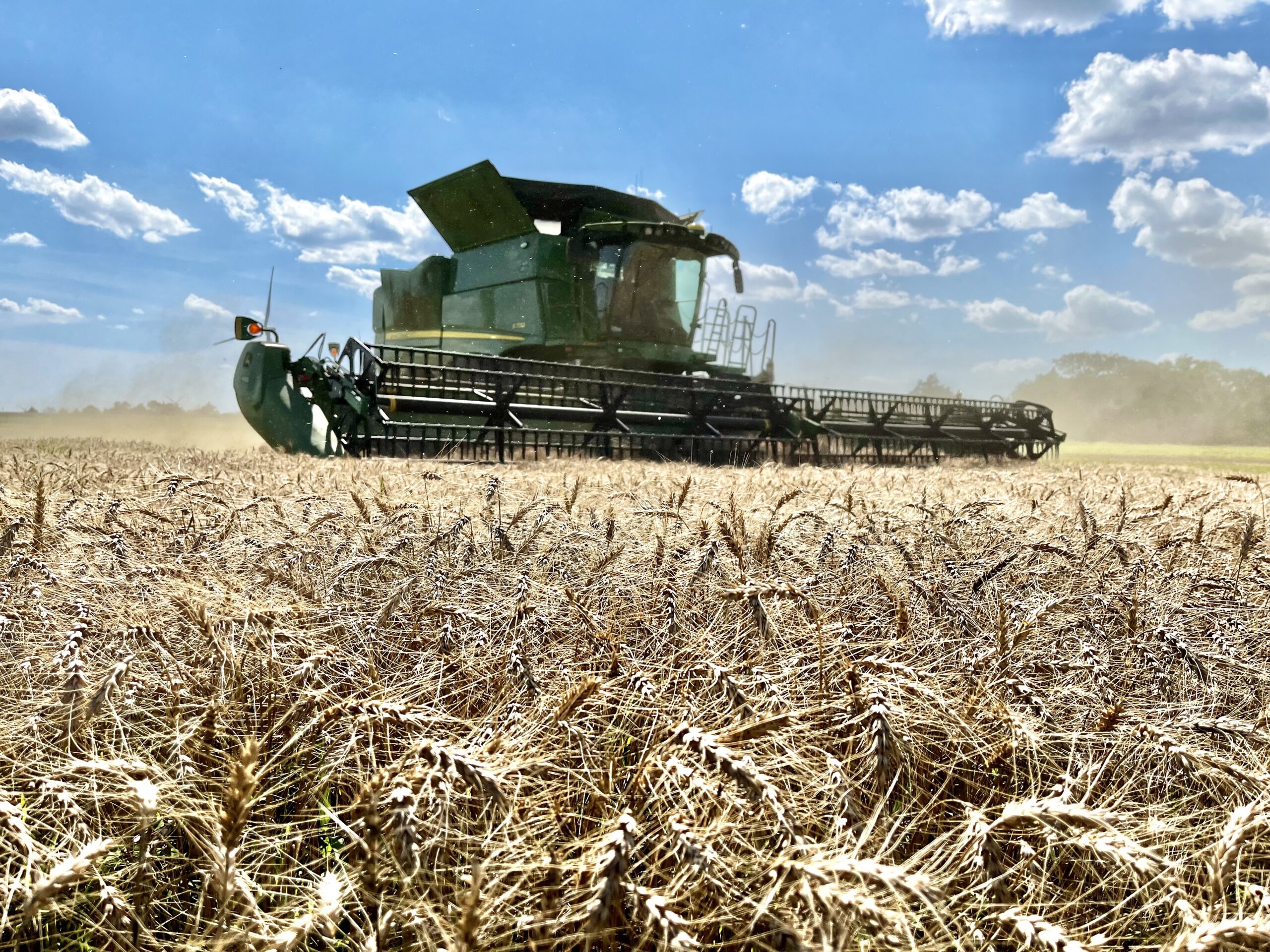
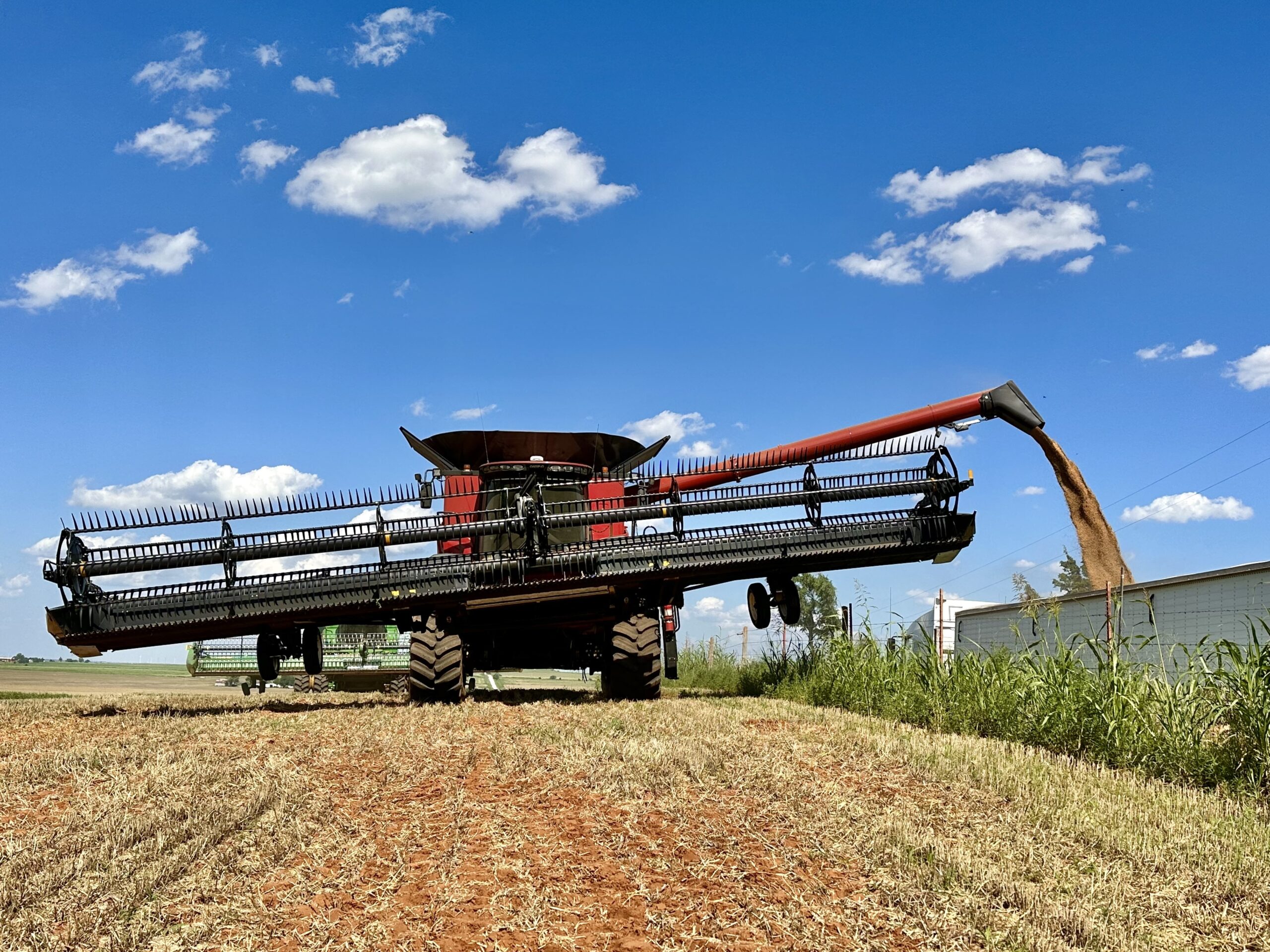


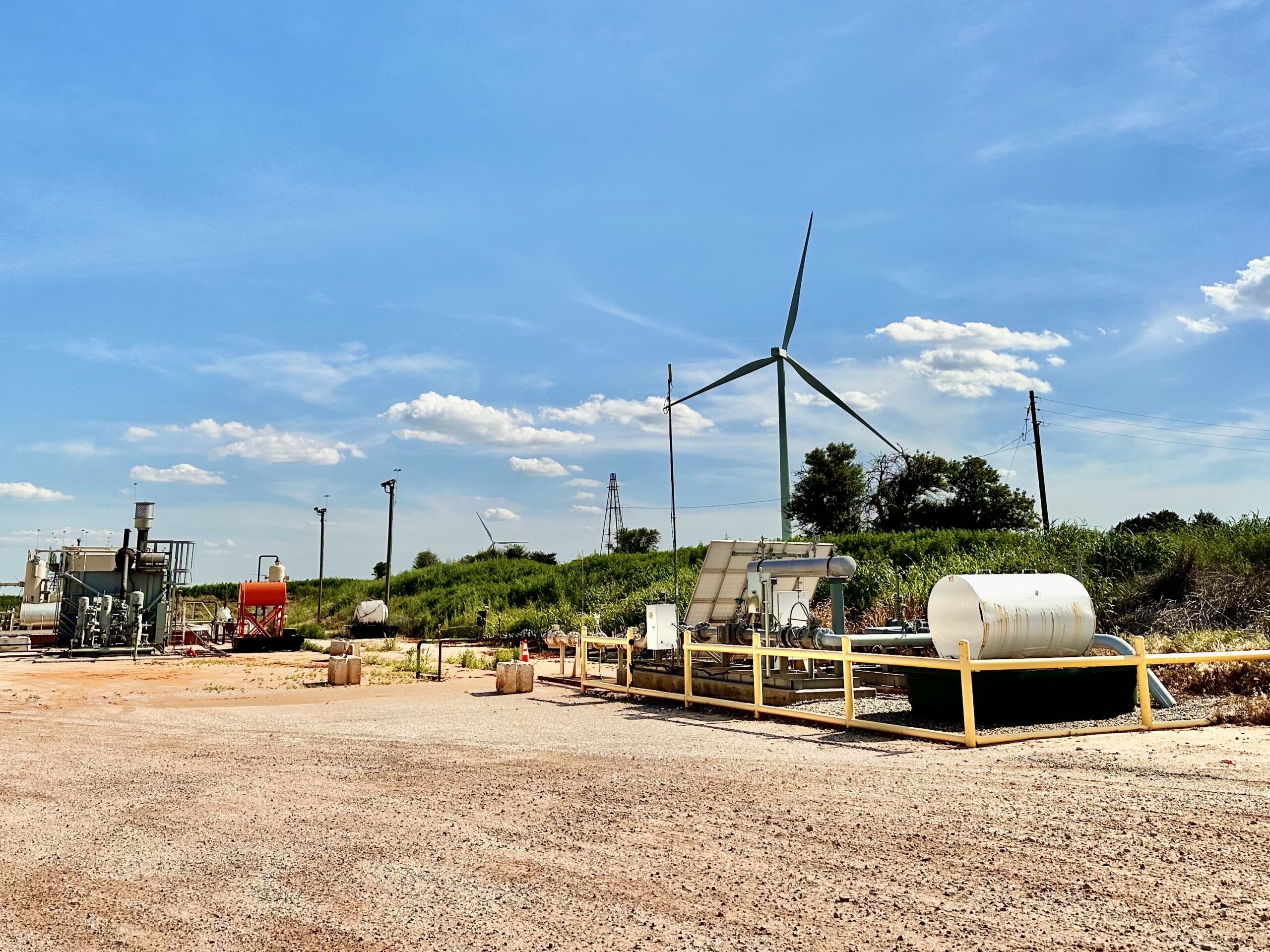
Brian Jones can be reached at brian@allaboardharvest.com.
All Aboard Wheat Harvest is brought to you by Unverferth Manufacturing Co., Inc., High Plains Journal, New Holland, ITC Holdings Corp, U.S. Custom Harvesters, Inc., Kramer Seed Farms and Lumivia Insecticide Treatment by Corteva Agriscience.

Sorry, the comment form is closed at this time.